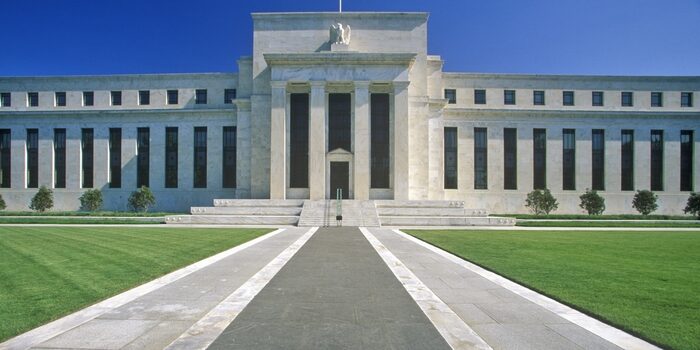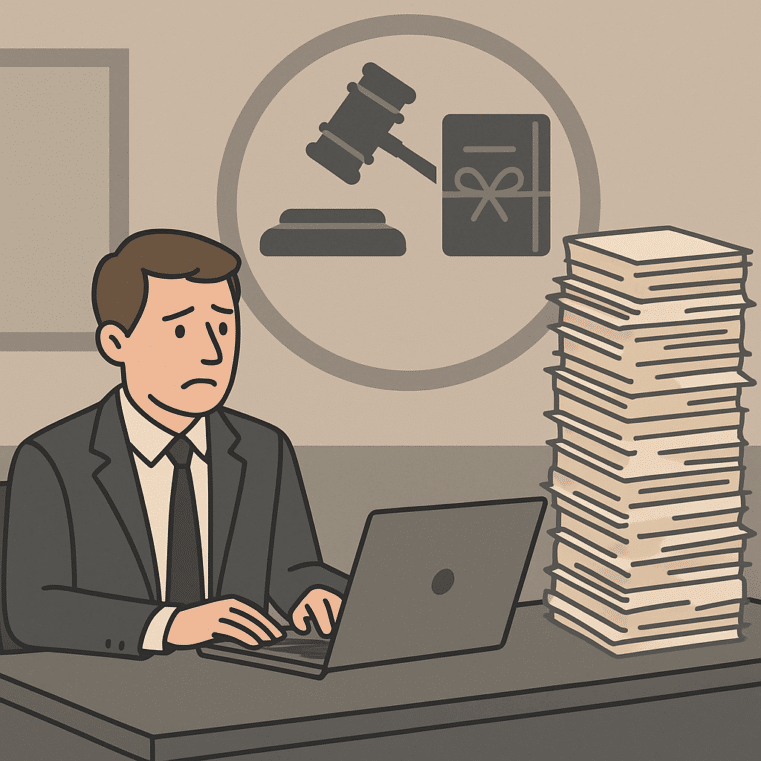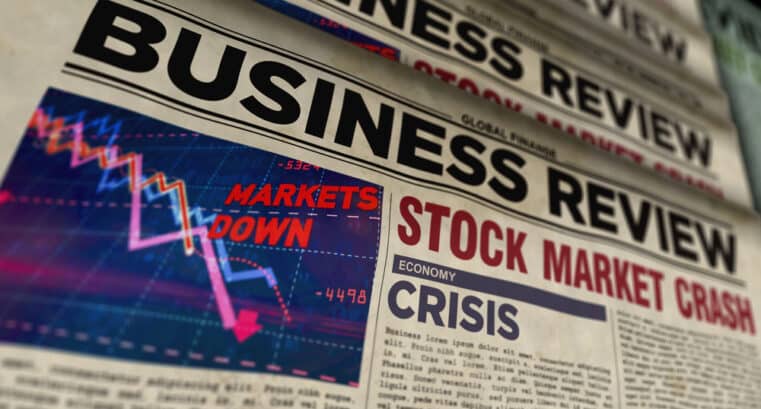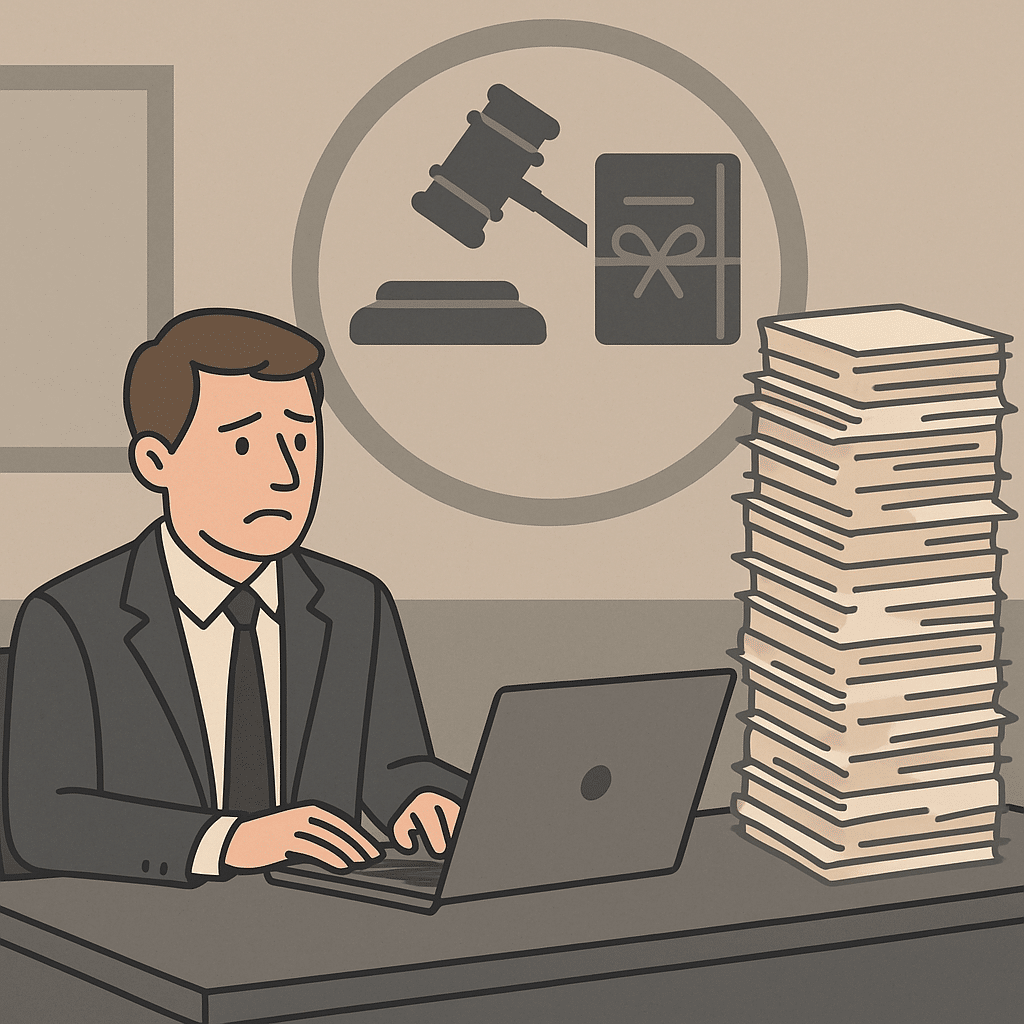
The Federal Reserve Leans on Great Depression Era Tactics to Bail Out Mainstreet
EDITORS NOTE: "...making lots of loans in a hurry in the midst of a serious recession to many firms, some of whom will not survive" is not sound financial practices. It's like betting on a horse you know has only a 50-1 chance of winning. You will never see that money paid back... which will only push the US further into debt.
Federal reserve set to launch ‘Main Street’ loan program
WASHINGTON (AP) — With the U.S. economy sinking into a severe recession, the Federal Reserve is set to launch a high-risk program through which it will lend money to small and medium-sized companies outside the banking industry for the first time since the Great Depression.
More than the eight other lending facilities the Fed has established in the nearly two months since the viral outbreak shut down the economy, its Main Street Lending Program will be the most complex and challenging yet, economists say. It will likely draw the Fed into more public scrutiny than it has faced since the 2008 financial crisis.
In setting up a lending program that will inevitably exclude some companies, the Fed is inviting criticism that it is, in effect, choosing economic winners and losers — an area that the central bank, an independent agency, has long sought to avoid.
Already, critics allege that the Fed changed some of the program’s terms to allow highly indebted oil and gas companies to borrow under the program. The Fed says its changes came in response to requests from many different industries. Many economists worry that the Fed’s intent to minimize its losses, in part under direction from the Treasury Department, will force it to limit its lending.
Nellie Liang, a senior fellow at the Brookings Institution and the former director of the Fed’s division of financial stability, said the Fed and Treasury have carved out a narrow goal for the program: They want to lend to small and medium-sized companies that need financial help to make it through the slowdown caused by the virus. And they want to avoid lending to either troubled businesses that will soon fail despite their ability to borrow from the Fed or relatively healthy companies that would have survived anyway.
“You’re trying to target that very middle segment of firms,” Liang said. “It narrows what you can offer if you don’t want to take losses.”
That task was potentially made harder when Treasury Secretary Steven Mnuchin told reporters last week that he expected the Fed to return the $454 billion that Treasury provided it to backstop the Fed’s lending programs. The $454 billion was approved by Congress in late March as part of the government’s $2 trillion relief package. The money is intended to offset potential losses from the loans the Fed will be making.
“We’re looking at it in a base-case scenario that we recover our money,” Mnuchin said.
But that priority arguably clashes with what many economists see as a need to quickly and widely distribute loans. Doing so would probably mean that many loans would default, and much of the Treasury’s money could be lost.
“You’re making lots of loans in a hurry in the midst of a serious recession to many firms, some of whom will not survive,” said George Selgin, a senior fellow at the Cato Institute. In that atmosphere, if the Fed is concerned about repaying the funds, it may not be able to lend as much as it hopes.
The Fed has said it will provide up to $600 billion in Main Street loans. The money can include either new lending or increases to existing loans. The Treasury has allocated $75 billion to offset any losses. Banks make the actual loans, but the Fed will buy 95% of a loan to minimize the risk to the banks. But Selgin estimates that that backstop is inadequate and that the Fed might have to stop making loans beyond $300 billion.
Still, that’s a larger buffer than exist for the Fed’s other lending initiatives, including its forthcoming programs to purchase mostly higher-rated corporate bonds. This suggests that the Fed regards the Main Street loans as riskier.
The Fed could profit from the corporate bonds it buys, from interest payments and from the ability to buy bonds at depressed prices before they eventually recover. Those profits could counter some losses on the Main Street program and still enable the Fed to fully repay Treasury.
Chairman Jerome Powell reiterated Wednesday that the Fed cannot lend to insolvent companies or “grant money to particular beneficiaries.” In those cases, Powell suggested, the small business lending program in the federal relief package would be a better option. Those loans, from the Small Business Administration’s Paycheck Protection Program, can be forgiven for companies that used most of the money to maintain their staffs or rehire all their laid-off workers. Congress has allocated $660 billion to that effort.
The Main Street program requires borrowers to make “commercially reasonable” efforts to keep all their workers. But it doesn’t require that any laid-off workers be rehired, as the PPP does.
Last week, the Fed updated the terms of the loans to let some borrowers carry more debt than under its initial proposal. The maximum workforce for companies eligible for loans was raised from 10,000 to 15,000. And the maximum loan size was raised from $150 million to $200 million. In some cases, borrowers will be able to use the loan to refinance existing debt.
READ MORE: Economists say quick rebound from recession is unlikely
Environmental groups pointed out that those changes mirrored requests by the beleaguered oil and gas industry, which has been hammered by plummeting oil prices partly because driving and flying have sharply declined globally. The Fed said its changes were intended to broaden the availability of its lending in all sectors. It is legally barred from lending to insolvent companies or designing loans for a specific industry. The central bank has also said it would identify the borrowers.
William English, a finance professor at Yale and former director of monetary affairs at the Fed, noted that retailers and other industry groups also requested many of the same changes as the oil and gas industry in the roughly 2,000 comment letters the Fed received.
Despite its name, the Fed’s Main Street facility is targeting medium-sized companies that essentially fall between the PPP and the large companies that can sell bonds to the Fed’s corporate lending facilities. Initially, the Fed set a minimum loan of $1 million, though in its latest outline it cut that to $500,000. That should open it to some smaller companies, English said.
But the average loan under the PPP’s first round was about $200,000, and in the second round has fallen to less than half that.
“If you want to actually lend to small businesses and call something ‘Main Street,’ you should lower the bottom limit,” said Glenn Hubbard, a critic of the program and economics professor at Columbia University. But because smaller companies are riskier, “you would have to accept losses.”
By — Christopher Rugaber, Associated Press, reposted from PBS










